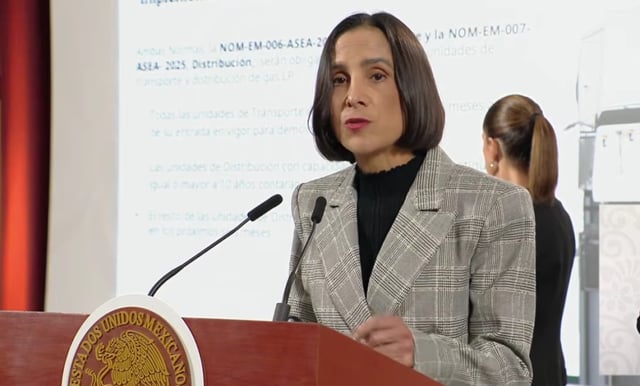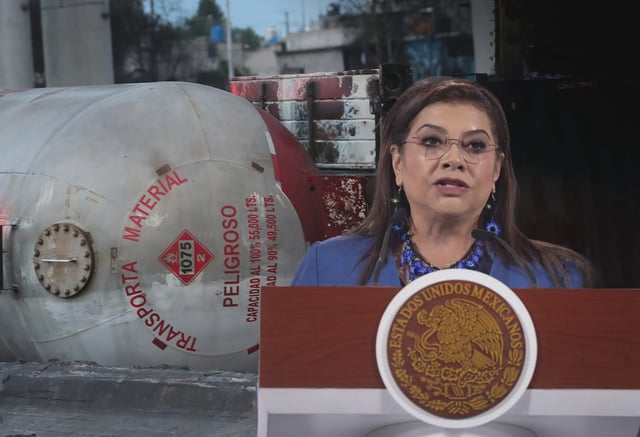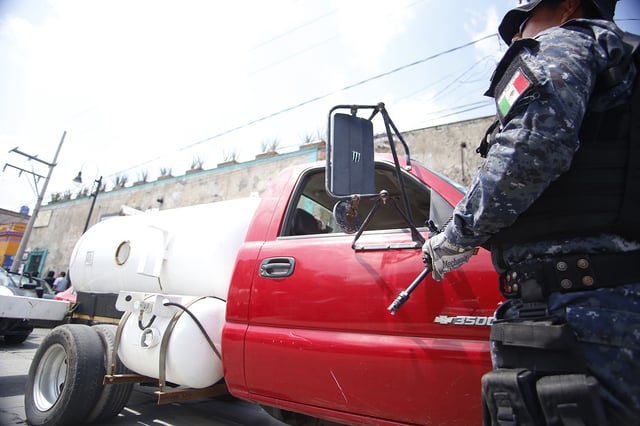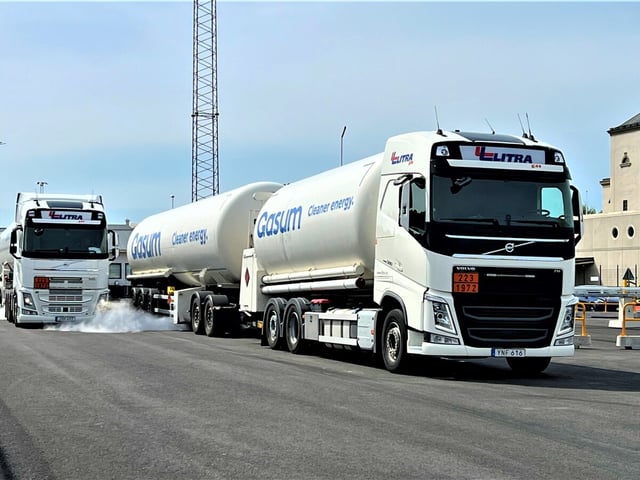Overview
- The federal government will publish two emergency standards on Oct. 3—NOM-EM-006-ASEA-2025 for transport and NOM-EM-007-ASEA-2025 for distribution—designed to close regulatory gaps and complement the existing NOM-007 framework.
- All LP units must install GPS and speed governors, undergo periodic hermeticity and hydrostatic pressure tests, and document maintenance and driver training, with data monitored from a national control center run by the Energy Ministry.
- ASEA, SICT and the National Energy Commission will conduct joint inspections; companies must present official compliance reports and vehicle registration codes, with typical deadlines of four months for transport fleets and four to six months for distribution units depending on size and age.
- Separately, Mexico City announced 13 transit measures for hazardous cargo: a 30 km/h cap for these vehicles, a ban on loads over 40,000 liters in the city, limits on >10,000-liter units on secondary roads, a 22:00–05:00 window for >20,000 liters, radars on five highway accesses, doubled fines, stricter licensing and random checkpoints.
- Authorities say preliminary forensics indicate excessive speed in the Sept. 10 Iztapalapa explosion and found no mechanical or pavement faults, as operators warn the new limits and radar enforcement could raise costs and corruption risks while city rules roll out within about a week.



